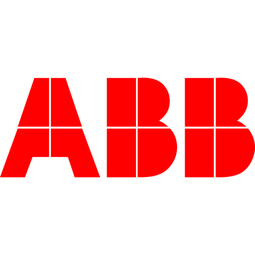Download PDF
Time to Market, Time to Volume, Time to Money

Technology Category
- Robots - Robot Application & Programming Software
Applicable Industries
- Electronics
Applicable Functions
- Discrete Manufacturing
Use Cases
- Flexible Manufacturing
The Challenge
Time is essential when it comes to introducing new products to the market. Many clients need to mass manufacture a product in a very short time. Their requirements put Foxconn under substantial pressure.
The Customer
Foxconn
About The Customer
Foxconn is the world's largest electronics contractor manufacturer and the third-largest information technology company by revenue.
The Solution
ABB introduced RobotStudio to Foxconn to limit evaluation time and shorten development time which helps them achieve their strategy goal and satisfy their customers. RobotStudio is a programming tool for many different applications, such as developing new robot programs for welding and folding robots. The ability to share the progress of new RobotStudio versions and PowerPacs makes engineers more efficient and faster.
Data Collected
Downtime, Installation Diagnostics, Operating Time, Production Efficiency
Operational Impact
Related Case Studies.

Case Study
Remote Temperature Monitoring of Perishable Goods Saves Money
RMONI was facing temperature monitoring challenges in a cold chain business. A cold chain must be established and maintained to ensure goods have been properly refrigerated during every step of the process, making temperature monitoring a critical business function. Manual registration practice can be very costly, labor intensive and prone to mistakes.

Case Study
Cloud Solution for Energy Management Platform-Schneider Electric
Schneider Electric required a cloud solution for its energy management platform to manage high computational operations, which were essential for catering to client requirements. As the business involves storage and analysis of huge amounts of data, the company also needed a convenient and scalable storage solution to facilitate operations efficiently.

Case Study
Leveraging the IoT to Gain a Competitive Edge in International Competition
Many large manufacturers in and outside Japan are competing for larger market share in the same space, expecting a growing demand for projectors in the areas of entertainment, which requires glamor and strong visual performance as well as digital signage that can attract people’s attention. “It is becoming more and more difficult to differentiate ourselves with stand-alone hardware products,” says Kazuyuki Kitagawa, Director of Service & Support at Panasonic AVC Networks. “In order for Panasonic to grow market share and overall business, it is essential for us to develop solutions that deliver significant added value.” Panasonic believes projection failure and quality deterioration should never happen. This is what and has driven them to make their projectors IoT-enabled. More specifically, Panasonic has developed a system that collects data from projectors, visualizes detailed operational statuses, and predicts issues and address them before failure occurs. Their projectors are embedded with a variety of sensors that measure power supply, voltage, video input/ output signals, intake/exhaust air temperatures, cooling fan operations, and light bulb operating time. These sensors have been used to make the projector more intelligent, automatically suspending operation when the temperature rises excessively, and automatically switching light bulbs. Although this was a great first step, Panasonic projectors were still not equipped with any capability to send the data over a network.

Case Study
XBee-Enabled Sensors Monitor Harsh Environments
Libelium needed radio frequency modules to guarantee accurate transmission of information from sensors placed in isolated or difficult-to-access areas. To enable Libelium to develop its sensor devices, the company needed to source a wireless networking provider that offered both long-range links and the interconnection of wireless networks of different frequencies.







